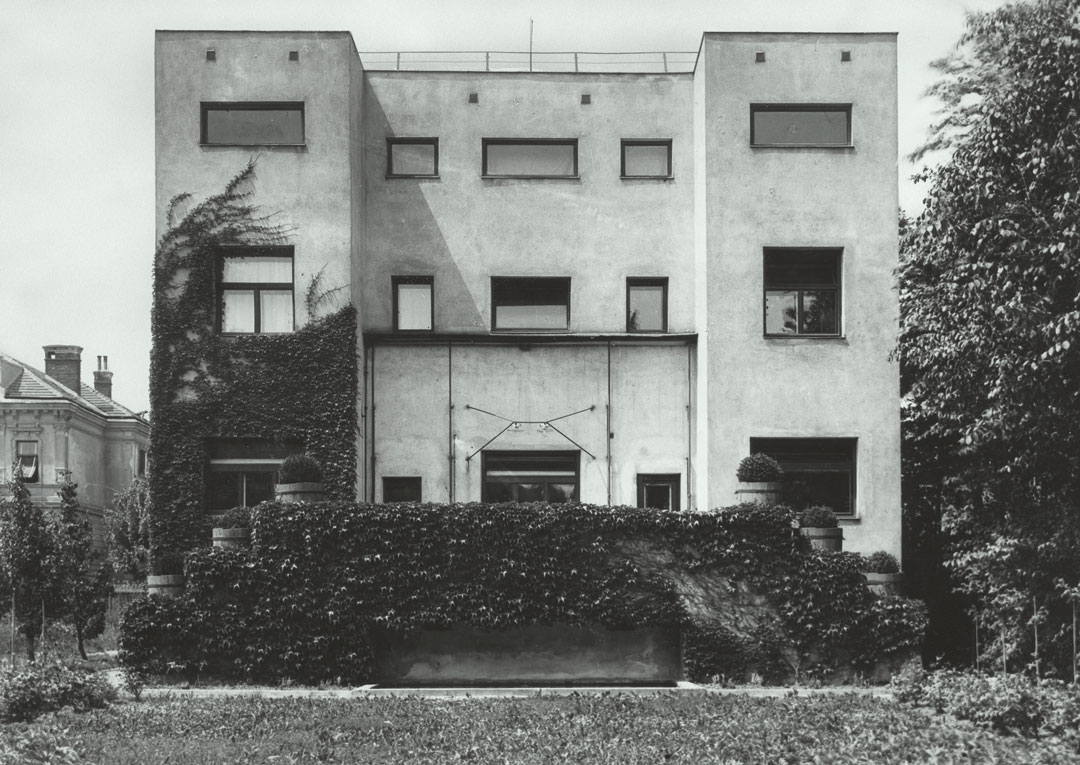
Did Adolf Loos think Ornament was Crime? And was he right?
The architect was born on this day, 10 December, 1870 and created a style of architecture still debated today
As a publisher, we try to be as original as possible. However, sometimes, it’s wise to borrow a little from historical sources. As Matt Gibberd, author of Ornament is Crime admits, the title for his book comes from “a lecture given in 1910 by the acerbic Austrian architect and theorist Adolf Loos, called Ornament and Crime.” Gibberd goes on: “in a reaction to the florid forms of Art Nouveau, Loos declared that decorative details were for degenerates – he believed that real design should be strong and stolid and stripped-back. His buildings, such as Villa Müller and the Steiner House, were economical, utilitarian and pure of form.”
This radical stance soon found sympathy in the later decades of the 20th century, when technological advances enabled a great many fellow architects to create buildings almost entirely free from any ornament.
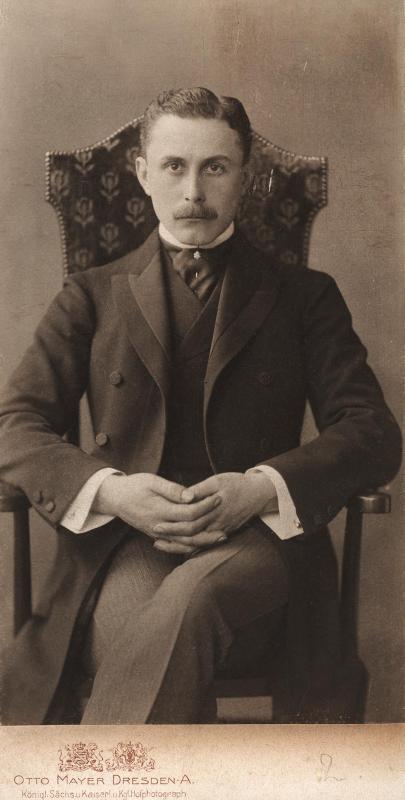
“Loos’ stance had a profound effect, and the white shoots of Modernism sprang up throughout Europe. The newly discovered structural possibilities of steel and concrete did away with the restrictions of small, cellular rooms,” Gibberd goes on. “And the gradual erosion of social hierarchies in the early twentieth century meant that households were less reliant on servants, and the result was a new world of open-plan family living, where vast expanses of glass brought the outside firmly in.”
We can all picture those vast expanses of glass, yet not all of us appreciate the kind of cityscape Loos helped bring into being. The designer and commentator Stefan Sagmeister is also Austrian, yet he believes the International Style of architecture pioneered by Loos has been adopted a little too readily across the world.
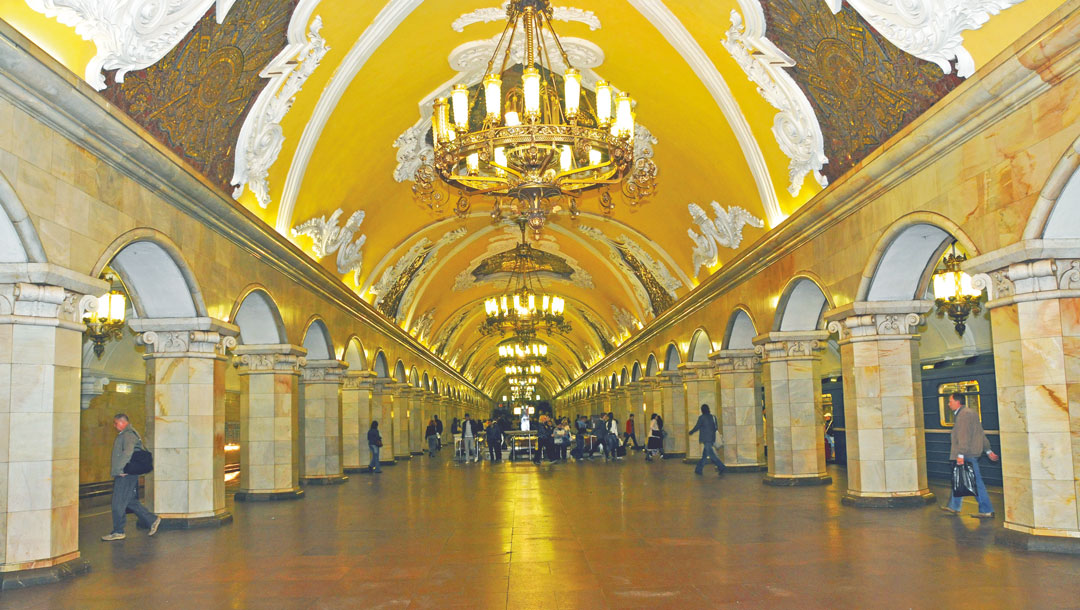
“As a result, vast urban areas were overrun with giant building blocks of psychotic sameness that, in many cities, we still endure today,” he writes in his book, Beauty, co-authored with Jessica Walsh. In his book, he calls for a return to ornamentation for beauty’s sake, citing heavily ornamented, yet perfectly functional buildings, such as Moscow's subway stations, as examples of good, well-formed and pretty architecture.
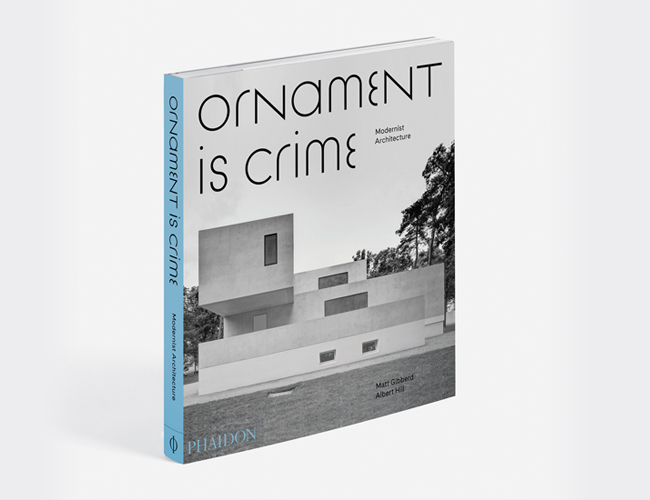
Would his Austrian predecessor disagree? Possibly, though as Sagmeister notes, Loos didn’t outlaw all ornamentation. “Loos was fine with the use of ornament if it was made by nature, such as stone or wood grain, or if it was indigenous or historical” he writes.
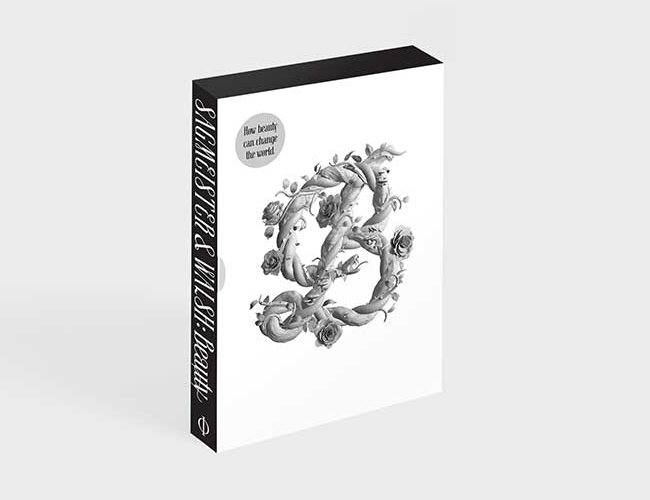
So who is right, Stefan or Adolf? Perhaps they both have a point, and like so many aesthetic questions, it comes down to personal taste. Like buildings without any unnecessary extras? Then get a copy of Ornament is Crime. Think a bit of harmless beautification might cheer us all up? Then order Beauty here.